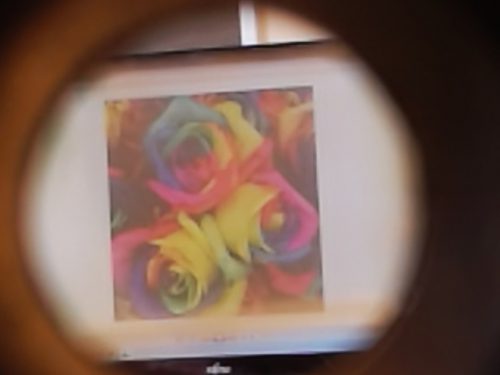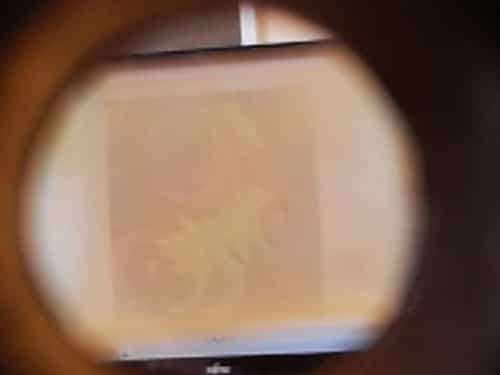In the new method developed by Prof. Ebrahim Abdulhalim from the Electro-Optics and Photonics Engineering Unit at Ben-Gurion University, the space between two glass panels is filled with a low percentage of nanoporous micro-particles mixed together with liquid crystals. The panels are coated with electrodes and the response of the array allows changing the transparency of the window within a few fractions of a second


A quick and easy method for preparing a liquid crystal composite material used for smart windows was recently developed by Prof. Ibrahim Abdulhalim from the Electro-Optics and Photonics Engineering Unit at Ben-Gurion University of the Negev. Dr. Lakshmi Maduri Pappu, a postdoctoral researcher in his laboratory, participated in the study.
Smart windows make it possible to control the amount and spectrum of light transmitted through them, i.e. their transparency, and they can be produced using a wide variety of materials that are sensitive to temperature or electrical voltage such as liquid crystals. The known materials include polymers mixed with liquid crystals in a process of illumination with ultraviolet radiation, but this preparation process is complicated and their cost is high. Due to the high cost these windows are not common in every home, office or car.
In the new method, the space between two glass panels is filled with a low percentage of nanoporous micro-particles mixed together with liquid crystals. The panels are coated with electrodes and the response of the array allows changing the transparency of the window within a few fractions of a second.
The idea has also been found to be effective in the use of diverse nanoporous micromaterials and in additional studies as a result of collaborations with local and international researchers. The article was published in the journal Journal of Molecular Liquids and in it they used nanoporous fused micro-particles. Additional articles in publishing processes show the use of additional materials.
Microparticles, also known as Mie particles cause a light wave equal to or larger than their size to be strongly scattered. This scattered light is a process known as Mie scattering. Being nanoporous allows the liquid crystal to penetrate and change their properties, thereby actually creating a new material called an adjustable photonic metamaterial that causes the transparency of the window to change depending on the applied electrical voltage. Although this is a new field of research, it has many applications for light modulation capabilities, energy saving and living comfort for humans.
